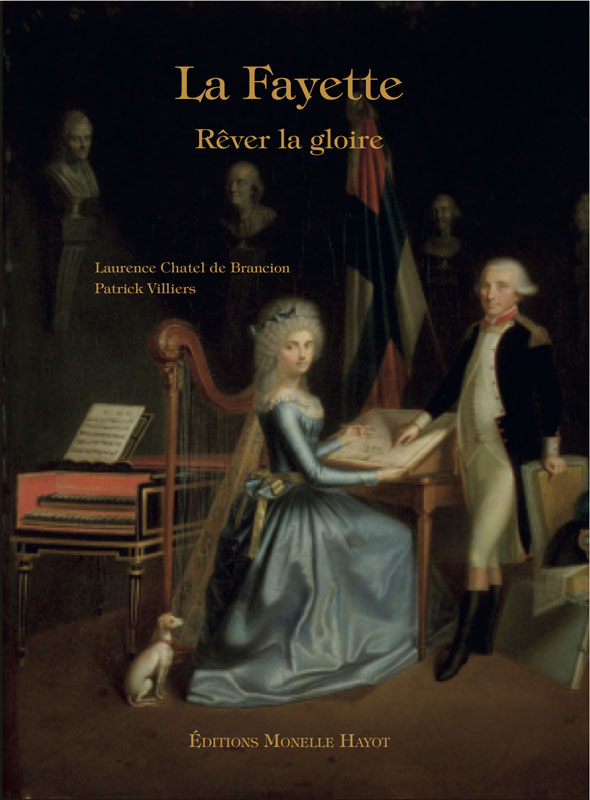La Fayette
Rêver la gloire
Heir of the wealthy La Rivière family from Brittany and the Loire Valley, Gilbert du Motier de La Fayette married Adrienne de Noailles, granddaughter of the Duke de Noailles, and, by so doing, joined the ruling clan at the French Court. The couple had a close relationship with the young sovereigns, Louis XVI and Marie Antoinette. But La Fayette, educated in the Auvergne hills, did not exactly shine, much to the chagrin of the Noailles, who encouraged him to seek glory overseas.
In Paris, where he had come to obtain France’s help, Benjamin Franklin wrote to Washington and Congress asking them to welcome the young marquis and give him the opportunity to distinguish himself since if he committed himself to the Insurgents’ cause, this could sway the Court’s opinion. In Washington’s footsteps, La Fayette fought passionately. “A father finds a son, a son finds a father”.
Back in Paris, La Fayette defended his adopted country’s colours everywhere. He was now dreaming of being the French Washington. Following the latter’s example, La Fayette committed himself to the abolition of slavery and bought a plantation in French Guiana where slaves were provided with schooling, paid wages and then freed. Adrienne attended to this.
The marquis imitated everything being done in America. He played a major role in the first few months of the Revolution and the unpublished little missives he sent his mistress, the beautiful Adélaïde de Simiane, reveal his happiness at finally being at the centre of history.
There followed the errors of a man no longer playing a part on history’s great stage and dreaming of returning to it. Bidden to silence under Napoleon, he hid away in his La Grange château. But after Waterloo he once again proclaimed his opinions when Louis XVI’s brothers, his former companions at Versailles society occasions, successively mounted the throne. Contemporary cartoons are cruel to the man party to all the plotting.
President Monroe offered him another chance by inviting him on a triumphant tour in the United States: La Fayette was one of the last beacons of this seminal era, whose principles Monroe wanted to call attention to on the eve of a tough presidential election. The American Lodges gave him a triumphant welcome. Then began to appear these statues and pictures of the marquis now adorning the American towns which adopted his name. On his return to France, the old enthusiast strove to depose Louis XVI’s brother from the throne and continued to support the rebels in Poland and Italy.
Shouting his name, the Americans came to place their flag on his tomb. This was in 1917, a time when France was reeling under enemy fire.
- Format:
- 20.5 x 27 cm
344 pages
216 illustrations - Binding:
- Hardbound under laminated jacket




